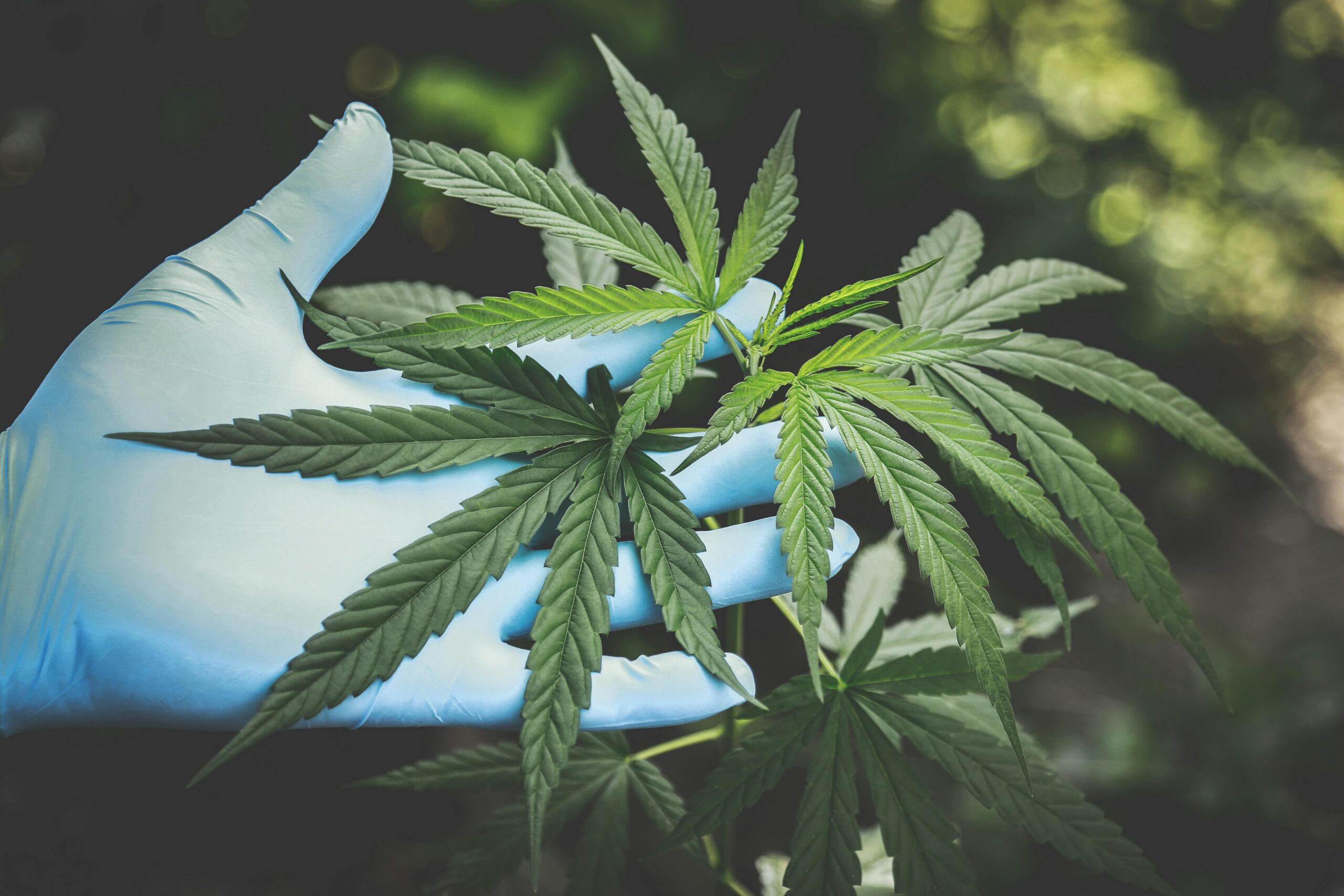Currently Empty: $0.00

The Ultimate Guide to Finding the Best Marijuana for Pain Relief

Best marijuana for pain, As an experienced writer, I’m excited to share with you the ultimate guide on finding the best marijuana for pain relief. In this comprehensive article, we’ll explore the various aspects of using marijuana to alleviate different types of pain, from understanding the different strains to identifying the best options for your specific needs.
Understanding the Use of Marijuana for Pain Relief
best marijuana strain for pain, Marijuana, also known as cannabis, has long been recognized for its potential in providing pain relief. The active compounds in marijuana, such as THC (tetrahydrocannabinol) and CBD (cannabidiol), interact with the body’s endocannabinoid system, which plays a crucial role in regulating pain, inflammation, and other physiological processes. By harnessing the therapeutic properties of these compounds, many individuals have found relief from various types of pain, including chronic pain, neuropathic pain, and even pain associated with conditions like multiple sclerosis, fibromyalgia, and cancer.
Different Types of Marijuana Strains for Pain Relief
Marijuana strains can be broadly categorized into three main types: Indica, Sativa, and Hybrid. Each type of strain has its own unique characteristics and effects, which can be beneficial for different types of pain.
- Indica Strains: Indica strains are known for their relaxing and sedative effects, which can be particularly helpful for individuals experiencing muscle tension, spasms, or chronic pain. These strains tend to have higher levels of CBD, which is known for its anti-inflammatory and pain-relieving properties.
- Sativa Strains: Sativa strains, on the other hand, are often associated with an uplifting and energizing effect. While they may not be as effective for directly relieving pain, they can be beneficial for individuals experiencing chronic pain by providing a mood boost and improved focus.
- Hybrid Strains: Hybrid strains are a combination of Indica and Sativa, offering a balance of the effects from both types. These strains can be tailored to address specific pain needs, such as providing both pain relief and a sense of mental clarity.
Factors to Consider When Choosing the Best Marijuana for Pain Relief
When selecting the best marijuana for pain relief, there are several important factors to consider:
- THC and CBD Levels: The ratio of THC to CBD in a particular strain can significantly impact its effectiveness for pain relief. Strains with higher CBD content are often preferred for their anti-inflammatory and pain-relieving properties, while strains with higher THC levels may provide more immediate relief but can also have psychoactive effects.
- Terpene Profile: Terpenes are the aromatic compounds found in marijuana that contribute to the plant’s unique scent and flavor. Certain terpenes, such as myrcene, linalool, and beta-caryophyllene, have been shown to possess analgesic (pain-relieving) and anti-inflammatory properties.
- Strain Lineage: Understanding the lineage and genetic background of a particular strain can provide insights into its potential effects. Some strains may be better suited for specific types of pain, such as neuropathic pain or chronic muscle pain.
- Individual Physiology: It’s important to remember that the effects of marijuana can vary from person to person due to factors such as metabolism, endocannabinoid system function, and individual sensitivity to the active compounds.
Best Marijuana Strains for Specific Types of Pain
Depending on the type of pain you’re experiencing, certain marijuana strains may be more effective than others. Here are some of the best strains for specific pain conditions:
- Chronic Pain: Strains high in CBD, such as Charlotte’s Web, ACDC, and Harlequin, are often recommended for chronic pain due to their potent anti-inflammatory and pain-relieving properties.
- Neuropathic Pain: Strains with a balanced THC-to-CBD ratio, like Sour Diesel, OG Kush, and Granddaddy Purple, have shown promise in providing relief for neuropathic pain, which can be challenging to treat.
- Muscle Spasms and Tension: Indica-dominant strains, such as Northern Lights, Bubba Kush, and Afghan Kush, can be beneficial for individuals experiencing muscle spasms, tension, or cramps due to their relaxing and sedative effects.
- Headaches and Migraines: Strains high in the terpene myrcene, like Durban Poison, Super Lemon Haze, and Blue Dream, have been reported to provide relief for headaches and migraines.
How to Find the Best Marijuana Strain for Your Pain
Best edible for pain and inflammation, Navigating the vast array of marijuana strains can be daunting, but with the right information and guidance, you can find the strain that best suits your pain relief needs. Here are some steps to help you:
- Consult with a Medical Cannabis Specialist: If you have access to a Medical marijuana card clinic or dispensary, consider speaking with a knowledgeable budtender or medical professional who can provide personalized recommendations based on your specific pain condition and needs.
- Research Strain Reviews and Descriptions: Utilize online resources, such as cannabis strain databases and forums, to read reviews and descriptions of different strains. Pay attention to the reported effects, pain-relieving properties, and user feedback.
- Start with a Low Dose and Gradually Increase: When trying a new strain, it’s important to start with a low dose and gradually increase until you find the optimal amount that provides the desired pain relief without any unwanted side effects.
- Keep a Journal: Maintain a journal to track your experiences with different strains, including the specific effects, level of pain relief, and any side effects. This will help you identify the most effective strains for your individual needs.

Medical Marijuana for Pain Relief – Benefits and Considerations
For individuals living with chronic or debilitating pain, medical marijuana can be a valuable treatment option. The benefits of using medical marijuana for pain relief include:
- Reduced Reliance on Opioids: Marijuana has been shown to be an effective alternative to opioid-based pain medications, potentially reducing the risk of opioid dependence and overdose.
- Anti-Inflammatory Properties: The cannabinoids in marijuana, particularly CBD, possess potent anti-inflammatory effects that can help alleviate pain associated with conditions like arthritis, multiple sclerosis, and neuropathy.
- Improved Quality of Life: By providing relief from chronic or debilitating pain, medical marijuana can significantly improve a patient’s overall quality of life, allowing them to engage in daily activities and enjoy a better sense of well-being.
However, it’s important to note that the use of medical marijuana for pain relief is still an emerging field, and there are some considerations to keep in mind, such as:
- Regulatory and Legal Restrictions: The legal status of medical marijuana varies widely across different regions and countries, so it’s crucial to understand the local laws and regulations before pursuing this treatment option.
- Potential Side Effects: While generally well-tolerated, marijuana can still have side effects, such as dry mouth, dizziness, and impaired cognitive function, which should be taken into account.
- Interactions with Other Medications: Marijuana may interact with certain prescription medications, so it’s essential to consult with a healthcare provider before incorporating it into your pain management plan.
Best Practices for Using Marijuana for Pain Relief
To ensure the safe and effective use of marijuana for pain relief, it’s essential to follow these best practices:
- Start with Low Doses: As mentioned earlier, it’s crucial to start with a low dose and gradually increase until you find the optimal amount that provides the desired pain relief without any unwanted side effects.
- Choose the Right Administration Method: Marijuana can be consumed in various forms, such as smoking, vaporizing, edibles, or tinctures. The administration method can affect the onset and duration of the effects, so it’s important to experiment and find the one that works best for your needs.
- Monitor and Adjust as Needed: Regularly monitor your pain levels and the effectiveness of the marijuana strain you’re using. Be prepared to adjust the dose or try a different strain if the current one is not providing the desired relief.
- Combine with Other Pain Management Strategies: While marijuana can be an effective pain relief tool, it’s often best used in conjunction with other pain management strategies, such as physical therapy, lifestyle modifications, and complementary therapies.

Potential Side Effects and Risks of Using Marijuana for Pain Relief
While marijuana is generally well-tolerated, it’s important to be aware of the potential side effects and risks associated with its use for pain relief:
- Dry Mouth: Marijuana can cause a decrease in saliva production, leading to a dry mouth or “cotton mouth” sensation.
- Dizziness and Impaired Coordination: Marijuana can cause temporary dizziness, impaired balance, and coordination, which may be a concern for individuals engaged in physical activities or operating machinery.
- Cognitive Impairment: Marijuana can have a temporary effect on cognitive function, including memory, attention, and decision-making, which should be considered before engaging in tasks that require mental acuity.
- Respiratory Irritation: Smoking or vaporizing marijuana can irritate the respiratory system and potentially exacerbate existing respiratory conditions.
- Potential Interactions with Other Medications: Marijuana may interact with certain prescription medications, so it’s crucial to consult with a healthcare provider before using it in conjunction with other treatments,What strain is a painkiller?
Alternative Methods for Pain Relief Using Marijuana
Sativa vs indica for nerve pain, In addition to the traditional methods of consuming marijuana, there are alternative ways to use the plant for pain relief, such as:
- Topical Applications: Marijuana-infused creams, lotions, and balms can be applied directly to the affected area, providing localized pain relief without the psychoactive effects associated with ingesting or inhaling the plant.
- Transdermal Patches: Transdermal patches containing cannabinoids can provide a steady, controlled release of the active compounds into the bloodstream, potentially offering long-lasting pain relief.
- Marijuana-Infused Edibles and Beverages: Consuming marijuana in the form of edibles or beverages can provide a more gradual onset of effects and potentially longer-lasting pain relief, although the onset time may be slower compared to inhalation methods.
- CBD-Dominant Products: For individuals who want to avoid the psychoactive effects of THC, CBD-dominant products, such as oils, tinctures, and capsules, can be a viable option for pain relief.
Conclusion: Finding the Best Marijuana for Pain Relief
Best indica for pain, In conclusion, the use of marijuana for pain relief is a complex and nuanced topic, with a wide range of strains, administration methods, and individual considerations to take into account. By understanding the different types of marijuana, the factors that influence their effectiveness, and the best practices for use, you can embark on a journey to find the strain that provides the most effective pain relief for your specific needs.
Remember, the path to finding the best marijuana for pain 2024 may involve some trial and error, so be patient, keep an open mind, and work closely with healthcare professionals or knowledgeable cannabis experts to guide you along the way. With the right approach, you can unlock the potential of this natural remedy and reclaim your quality of life.If you’re ready to explore the benefits of marijuana for pain relief, I encourage you to consult with a medical cannabis specialist or licensed dispensary in your area. They can provide personalized guidance and help you navigate the various strains and administration methods to find the solution that works best for you. Don’t let pain control your life – take the first step towards a healthier, more comfortable future.

